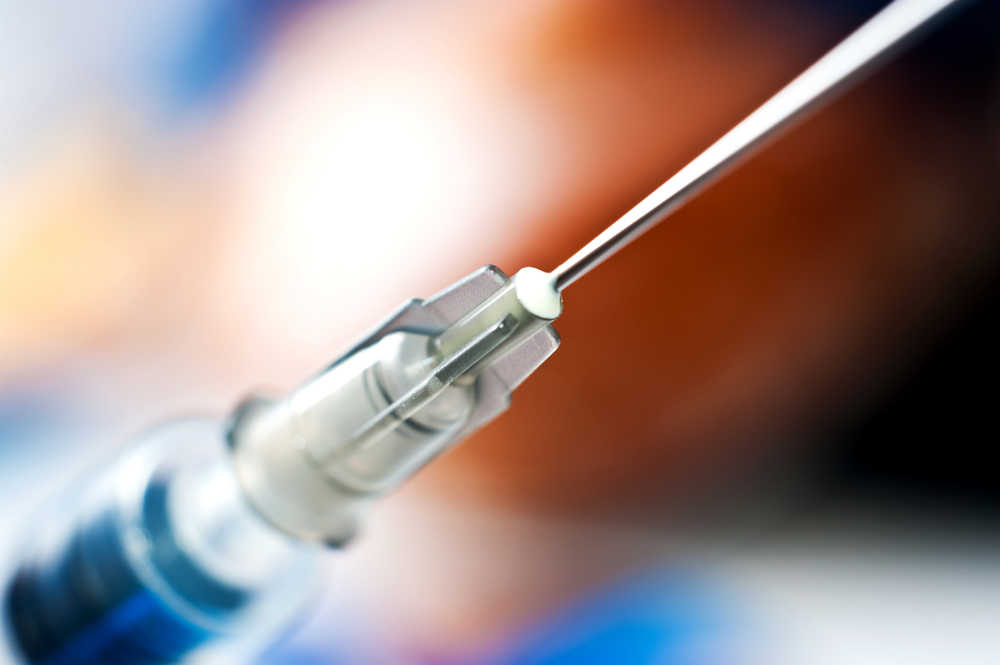Impact of real-time TDM on the prescription of antibiotics in burn patients

EJRC Article Review
Patients with burn injuries may experience marked pharmacokinetic (PK) changes compared to healthy volunteers and patients admitted without burn injuries. These PK changes are related to both specific pathophysiologic alterations and the frequent use of supportive therapy in burn injury patients. Therefore, achieving adequate antibiotic drug concentrations in burn patients is challenging1. While therapeutic drug monitoring (TDM) overcomes PK changes by measuring serum antibiotic concentrations, it is not routinely done for beta-lactam antibiotics. Nevertheless, achieving target concentrations with standard dosing of beta-lactam antibiotics in critically ill patients and patients with burn injuries has proven to be extremely difficult 2.
Fournier and colleagues3 performed a 3-year prospective, monocentric, randomised controlled trial to assess the impact of systematic TDM with same day real-time dose adaptation on achieving beta-lactam antibiotic concentrations within the therapeutic range.
Target concentrations were defined as trough concentrations exceeding the minimal inhibitory concentration (MIC) of the causative pathogen, i.e 100%fT>MIC or Cmin/MIC ³ 1. The upper limit was defined as a trough MIC ratio of approximately 4-8.
Thirty-eight patients were randomised and 73 episodes of infection were observed.
- The number of through levels falling within the predefined range was significantly higher (74%) in the intervention group compared to the control group (56%), aOR=2.34 [95%CI: 1.17-4.81], p<0.05, as well as the number of days within the predefined target range (65% vs. 55%) OR=1.64 [95%CI: 1.16-2.32], p<0.05.
- Total antibiotic consumption and infection outcomes were not different between the two groups.
Strengths & Limitations
The strength of this randomised controlled trial is that it demonstrates that using TDM for beta-lactam antibiotic therapy increases the number of patients achieving a predefined PK/PD target. This study however is limited by the change in beta-lactam infusion time from 30 minutes to a 2-hour infusion during the clinical trial. Also, there was delay in dose adjustment of sample taken over the weekend; and in few cases, doses were adjusted to the pathogen’s real MIC. Indeed, prolonging the duration of infusion inevitably leads to higher trough concentrations (and lower peak concentrations) and it is not clear what impact this had on the number of patients achieving target concentrations.
Take home message
TDM of beta-lactam antibiotics allows clinicians to improve upon reaching predefined target concentrations in severely ill patients. Whether or not TDM of beta-lactam antibiotics will lead to better patient outcomes will largely depend on defining the optimal PK/PD target first.
Article review for the ESICM Journal Review Club provided by Dr Barbara Borgatta and Dr Sofie Dhaese on behalf of the Antimicrobial Use Working Group.
References
- Udy AA, Roberts JA, Lipman J, Blot S. The effects of major burn related pathophysiological changes on the pharmacokinetics and pharmacodynamics of drug use: An appraisal utilising antibiotics. Adv Drug Deliv Rev 2018; 123: 65–74.
- Roberts JA, Paul SK, Akova M, et al. DALI: defining antibiotic levels in intensive care unit patients: are current β-lactam antibiotic doses sufficient for critically ill patients? Clin Infect Dis 2014; 58: 1072–83.
- Fournier A, Eggimann P, Pantet O, et al. Impact of Real-Time Therapeutic Drug Monitoring on the Prescription of Antibiotics in Burn Patients Requiring Admission to the Intensive Care Unit. Antimicrob Agents Chemother 2018; 62. DOI:10.1128/AAC.01818-17.